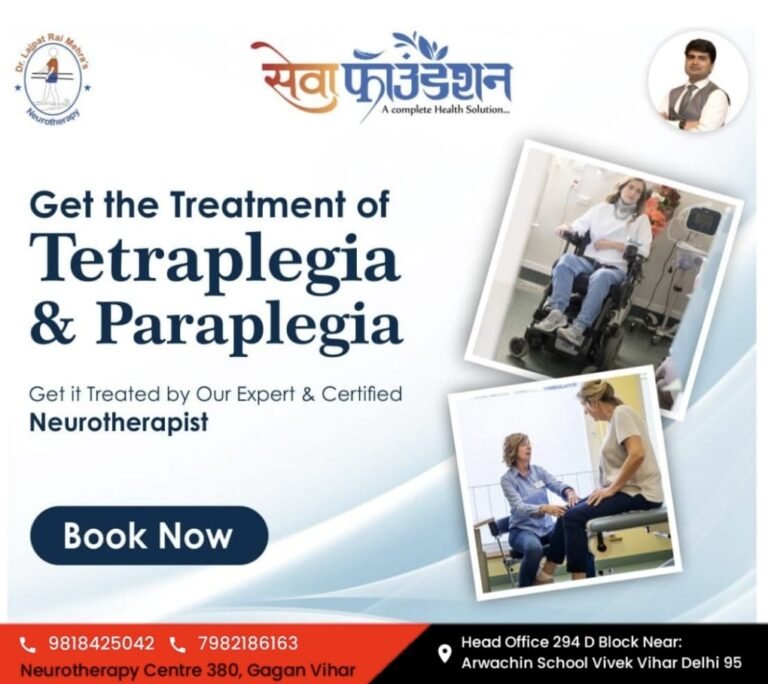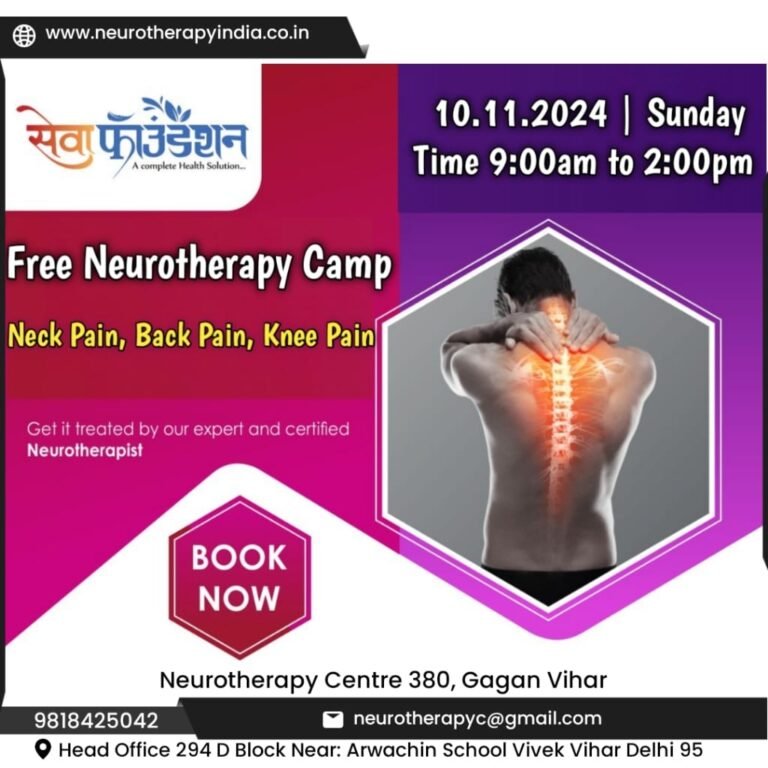Advancements In Neurotherapy: Emerging Technologies And Innovative Interventions
In the realm of neuroscience and rehabilitation, the evolution of Neurotherapy has been nothing short of revolutionary. Emerging technologies and innovative interventions are continuously reshaping the landscape of neurological treatment, offering new hope and possibilities for patients with various neurological conditions. From groundbreaking advancements in brain-computer interfaces to the integration of virtual reality and robotics into rehabilitation programs, the future of Neurotherapy holds immense promise for improving outcomes and enhancing the quality of life for countless individuals. In this article, we delve into the latest advancements in Neurotherapy, exploring the transformative impact of emerging technologies and progressive interventions on neurological rehabilitation.
Brain-Computer Interfaces (BCIs): Bridging Minds and Machines
Brain-computer interfaces (BCIs) represent a cutting-edge technology that allows direct communication between the brain and external devices, bypassing traditional pathways such as the peripheral nervous system. BCIs hold tremendous potential for individuals with severe motor impairments, such as those resulting from spinal cord injuries or neurological disorders like amyotrophic lateral sclerosis (ALS).
Recent advancements in BCIs have led to the development of more sophisticated and user-friendly systems, enabling individuals to control prosthetic limbs, computer interfaces, or assistive devices using their brain signals alone. These advancements have not only enhanced the mobility and independence of individuals with disabilities but have also opened new avenues for neurorehabilitation and functional restoration.
Non-Invasive Brain Stimulation: Rewiring Neural Circuits
Non-invasive brain stimulation techniques, such as transcranial magnetic stimulation (TMS) and transcranial direct current stimulation (tDCS), have emerged as promising tools for modulating brain activity and promoting neuroplasticity. These techniques involve the application of magnetic or electrical fields to specific areas of the brain, facilitating changes in neuronal excitability and connectivity.
In the field of Neurotherapy, non-invasive brain stimulation is being explored as a means of enhancing motor recovery, alleviating symptoms of depression and anxiety, and improving cognitive function in conditions such as major depressive illness, Parkinson’s disease, and stroke. By targeting dysfunctional neural circuits and promoting adaptive changes in brain networks, non-invasive brain stimulation holds potential as an adjunctive therapy in neurological rehabilitation.
Virtual Reality (VR) and Augmented Reality (AR) in Rehabilitation
Virtual reality (VR) and augmented reality (AR) technologies have revolutionized the landscape of rehabilitation by providing immersive and interactive environments for therapy and training. VR simulations allow individuals to engage in realistic scenarios, such as navigating virtual environments or performing activities of daily living, while AR systems overlay digital information onto the real-world environment, enhancing sensory feedback and motor learning.
In neurotherapy, VR and AR are being used to facilitate motor rehabilitation, cognitive training, and sensory-motor integration in conditions such as stroke, traumatic brain injury (TBI), and cerebral palsy. These technologies offer personalized and engaging rehabilitation experiences, allowing individuals to practice functional tasks in a safe and controlled environment while receiving real-time feedback and guidance from therapists.
Robotics and Exoskeletons: Enhancing Mobility and Independence
Robot-assisted therapy and wearable exoskeletons have emerged as transformative tools for promoting mobility and independence in individuals with neurological impairments. Robotic devices provide assistive support and guidance during therapy sessions, enabling individuals to engage in repetitive and task-specific movements aimed at improving motor function and coordination.
Exoskeletons, wearable robotic devices that augment or assist limb movements, offer a promising solution for individuals with mobility impairments due to spinal cord injury, stroke, or neuromuscular disorders. By providing external support and assistance to weakened or paralyzed limbs, exoskeletons enable individuals to stand, walk, or perform activities of daily living with greater ease and independence.
Neurofeedback and Neuroplasticity-Based Interventions
Neurofeedback, a form of biofeedback that involves monitoring and regulating brain activity, is gaining recognition as a valuable tool in neurotherapy. By providing individuals with real-time feedback on their brainwave patterns, neurofeedback enables them to learn self-regulation techniques and modulate their brain activity to achieve desired outcomes.
Neuroplasticity-based interventions leverage the brain’s remarkable capacity for adaptation and reorganization to promote recovery and rehabilitation. Through targeted sensory stimulation, motor training, and cognitive exercises, these interventions aim to facilitate adaptive changes in neural circuits and enhance functional recovery in neurological conditions such as stroke, traumatic brain injury, and multiple sclerosis.
Conclusion: Pioneering the Future of Neurotherapy
Advancements in Neurotherapy are poised to revolutionize the field of neurological rehabilitation, offering new hope and possibilities for individuals with neurological conditions. From brain-computer interfaces and non-invasive brain stimulation to virtual reality rehabilitation and robotic-assisted therapy, emerging technologies and innovative interventions are transforming the way we approach neurological treatment and recovery.00
As these advancements continue to evolve and mature, researchers, clinicians, and technology developers need to collaborate closely to ensure their safe and effective integration into clinical practice. By harnessing the power of technology, neuroscience, and interdisciplinary collaboration, the future of Neurotherapy holds immense promise for improving outcomes, enhancing the quality of life, and empowering individuals to achieve their full potential in the face of neurological challenges.








